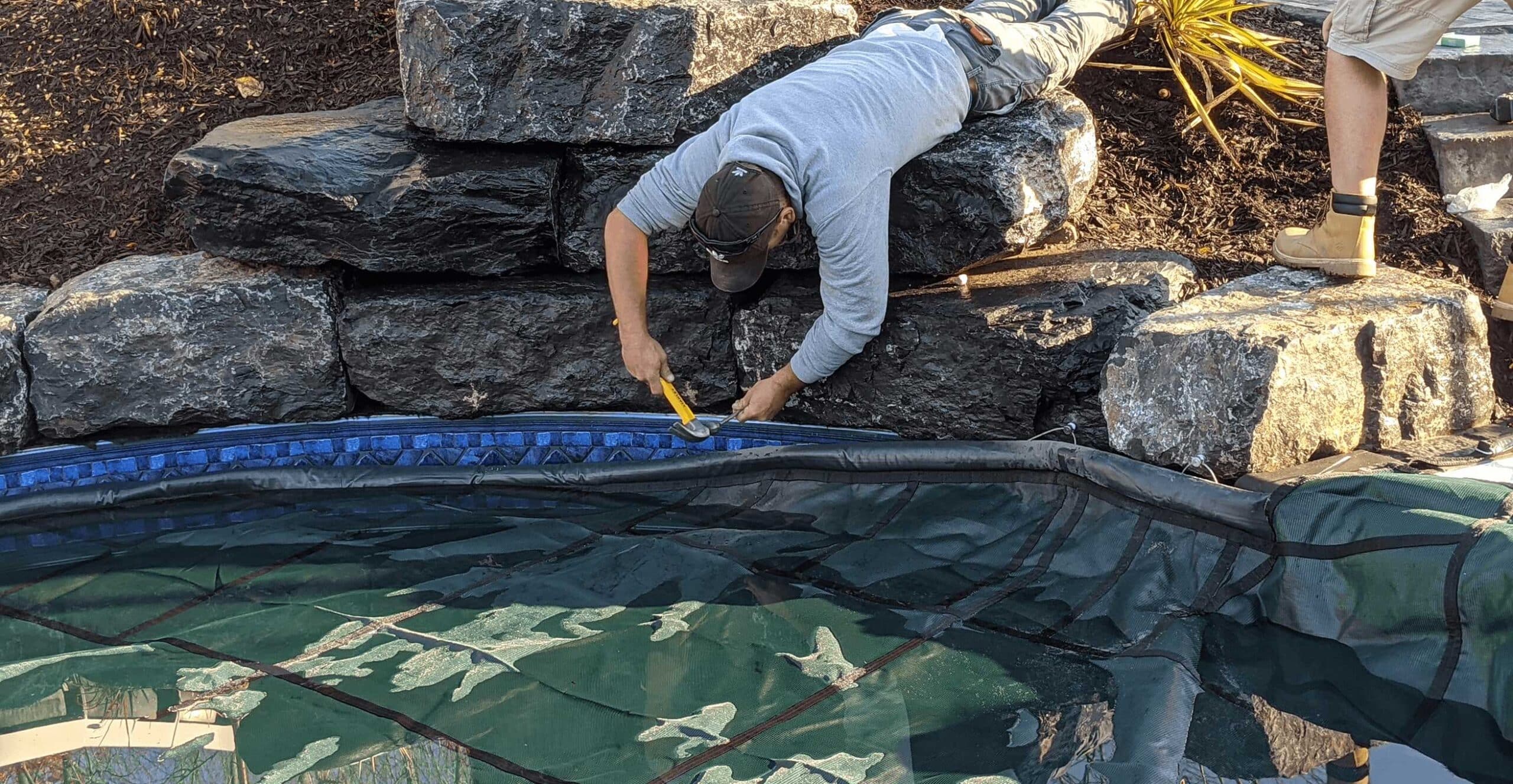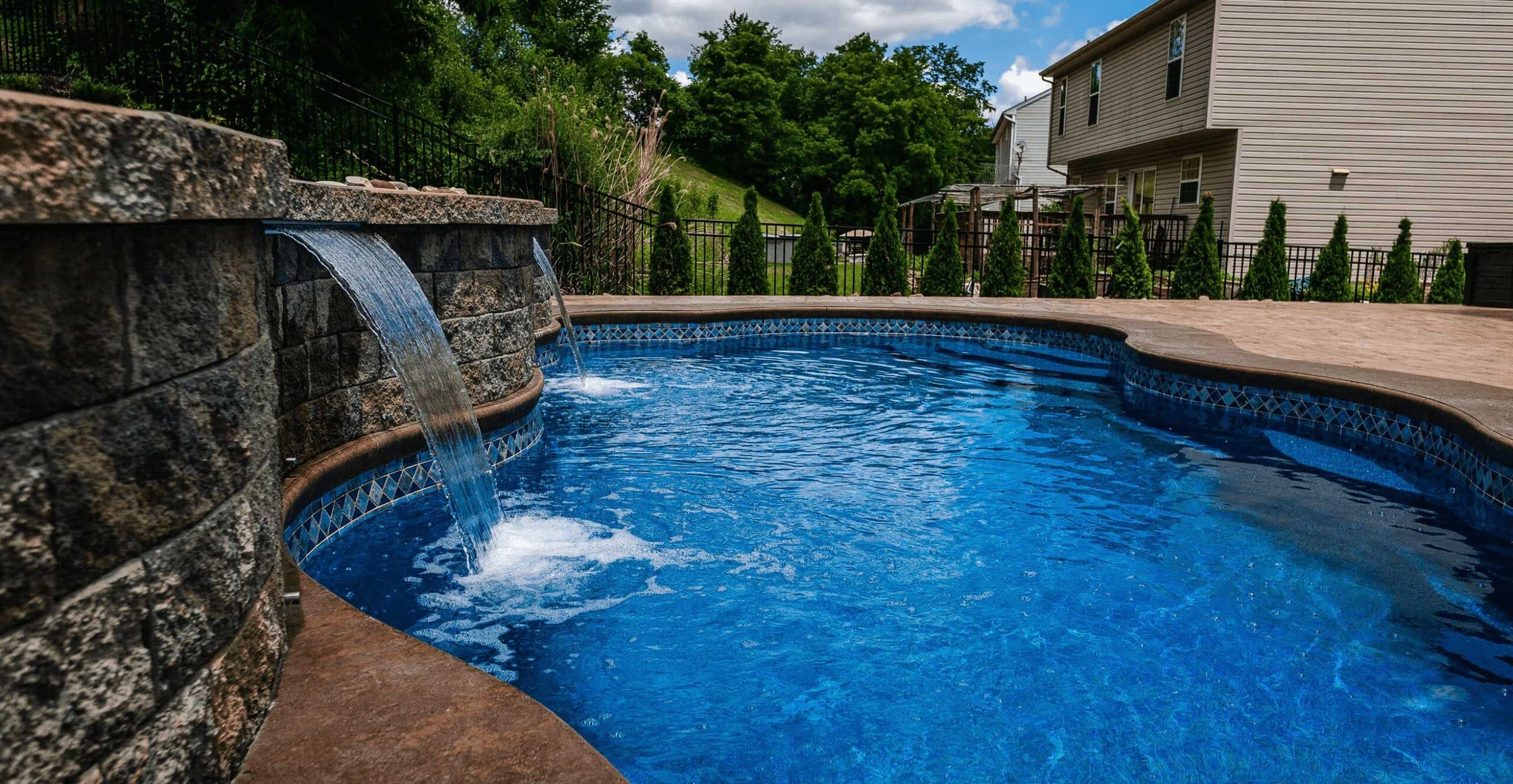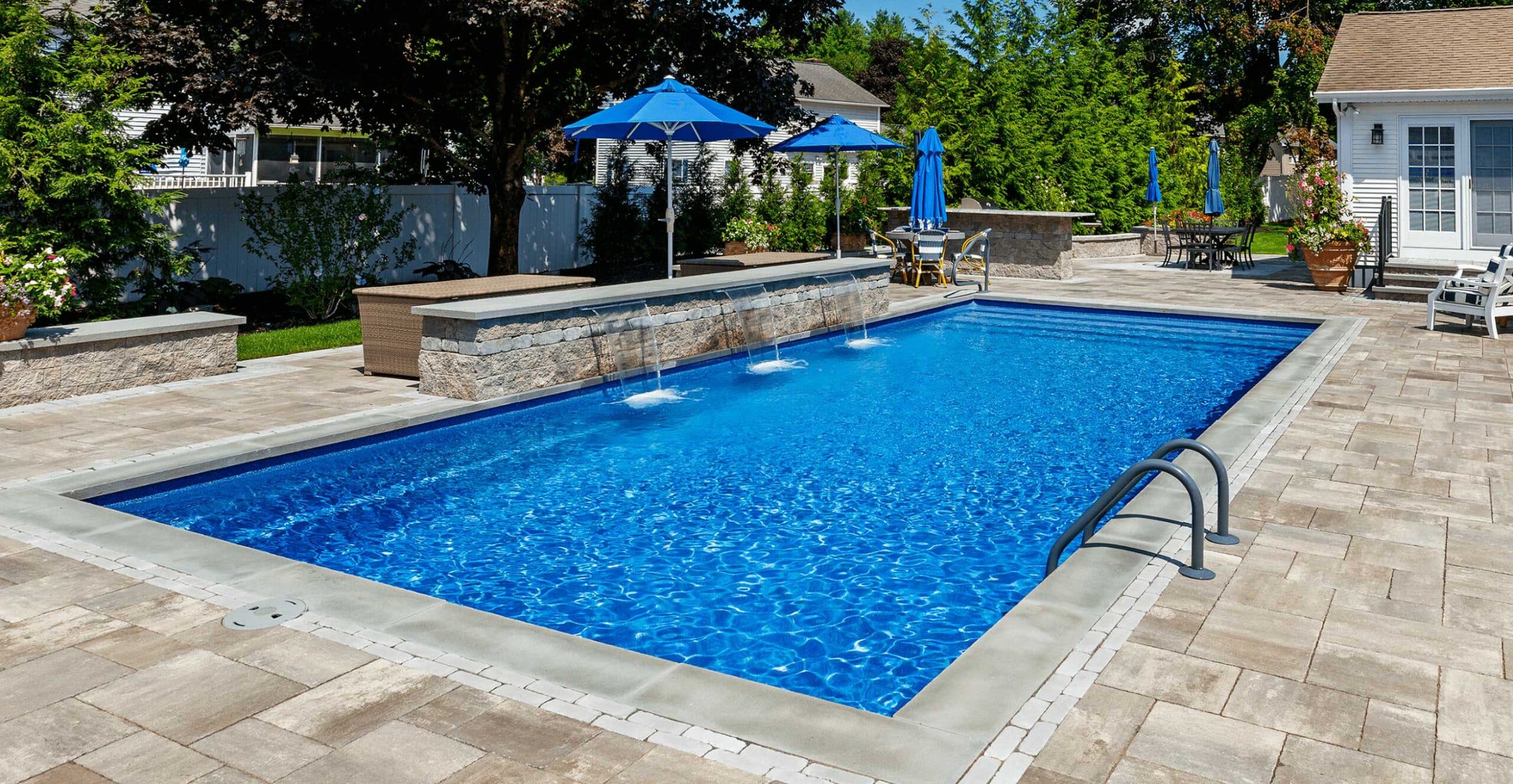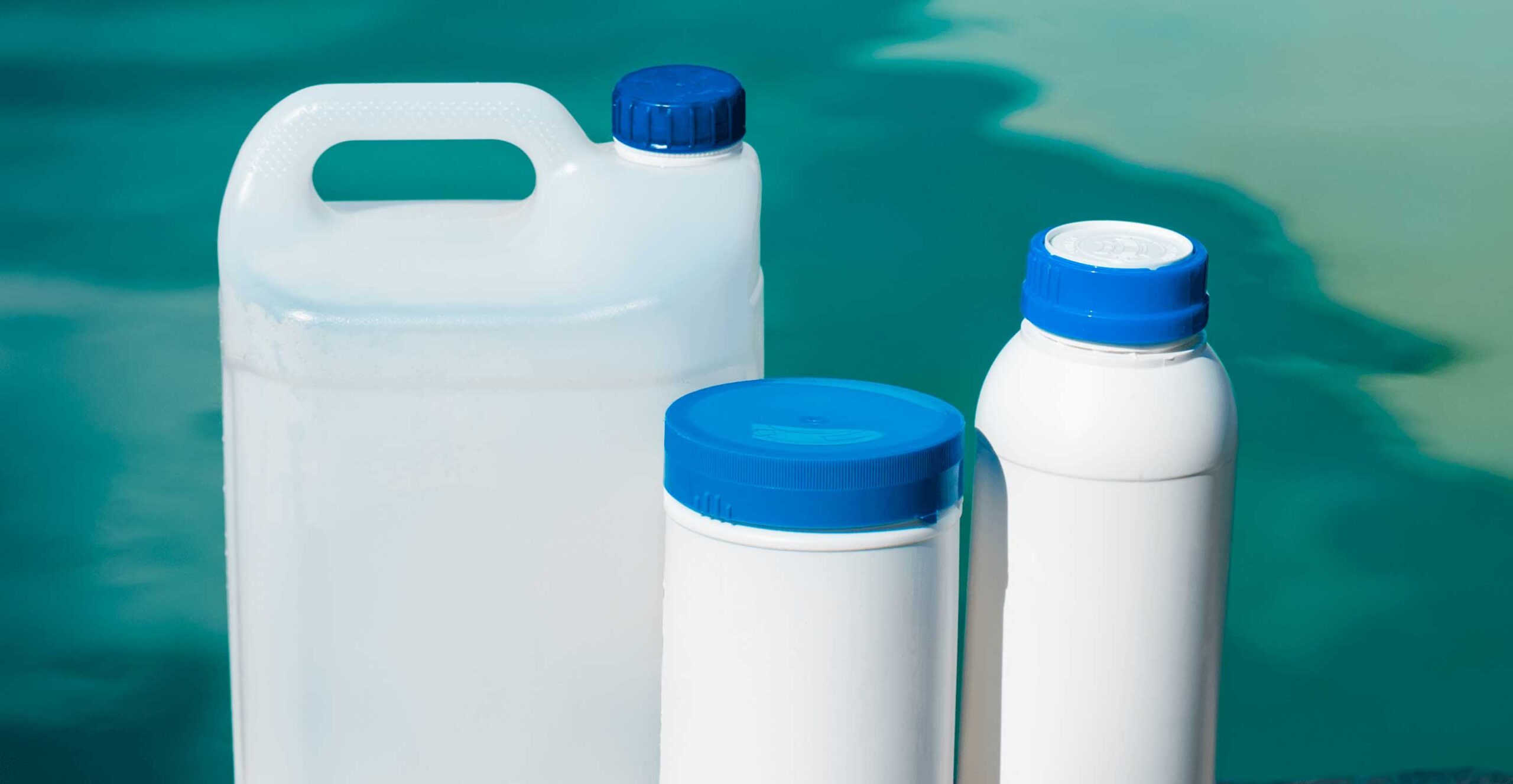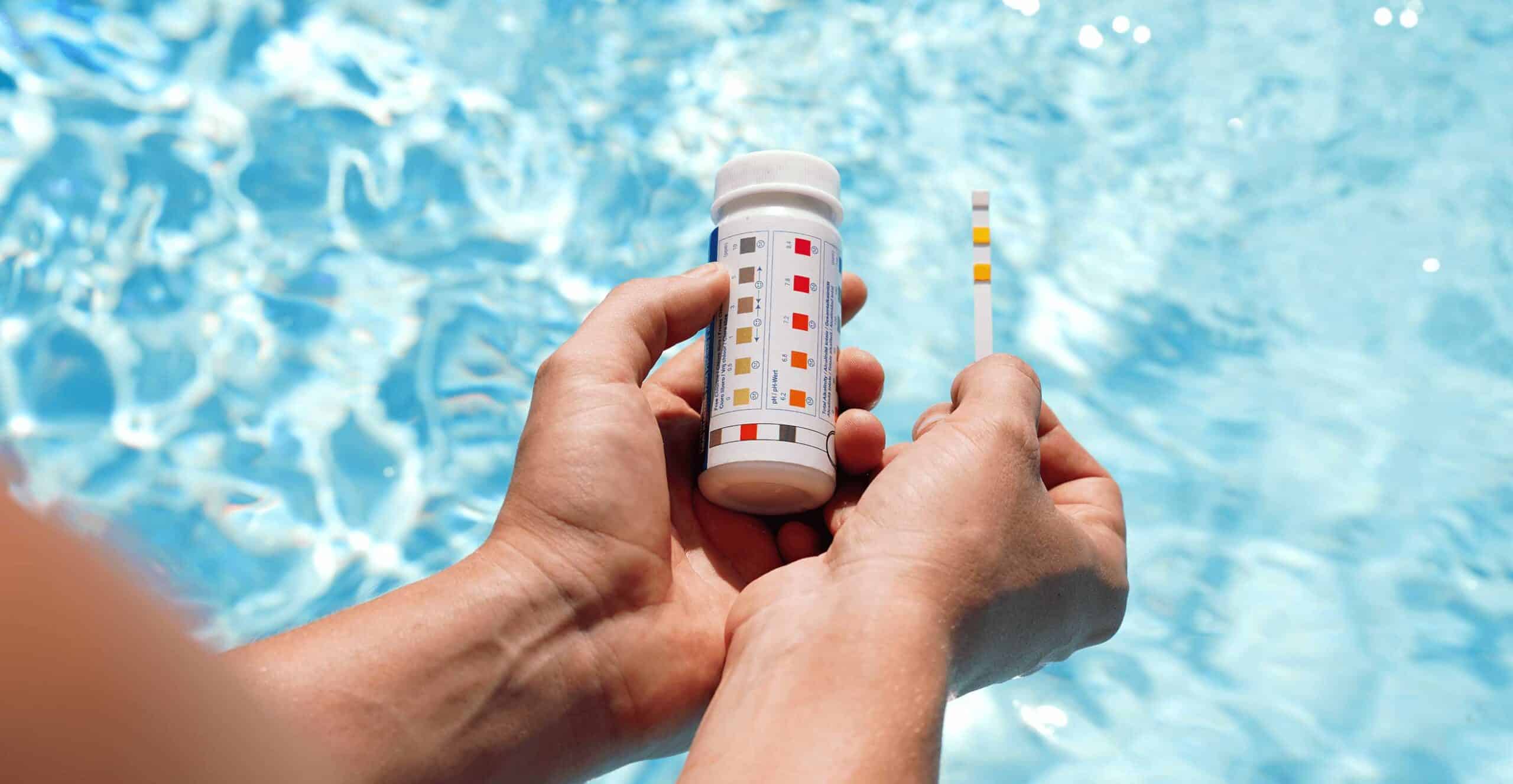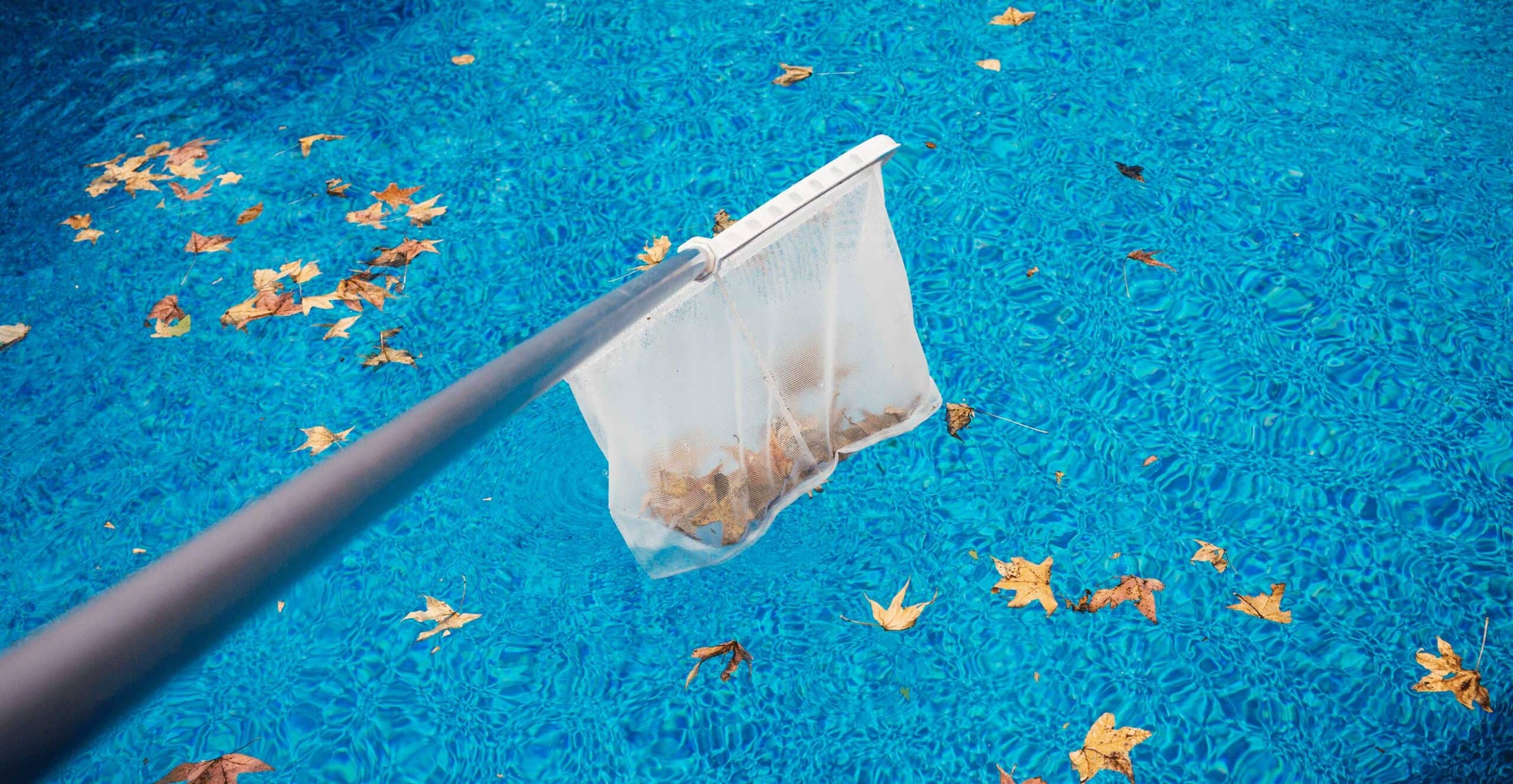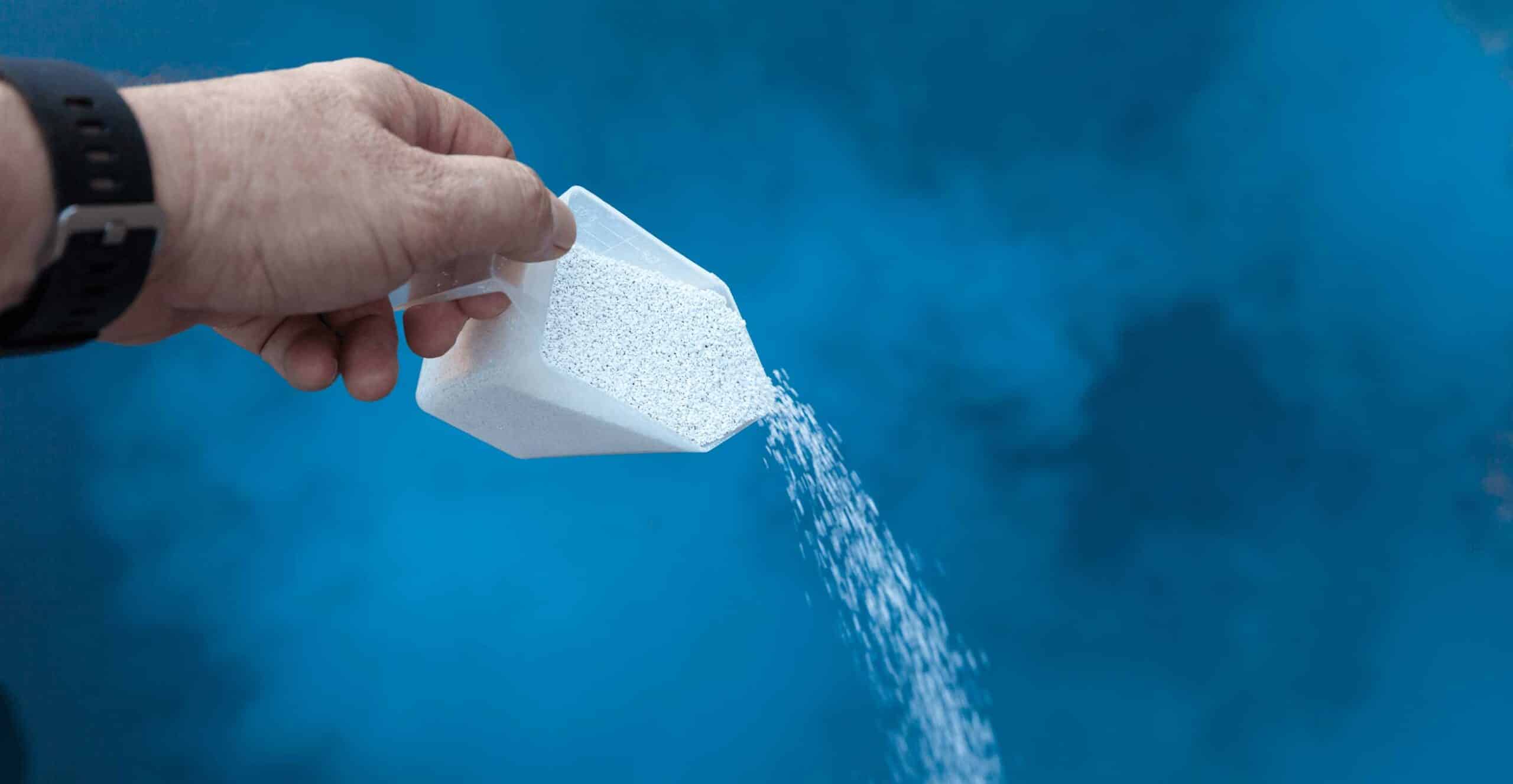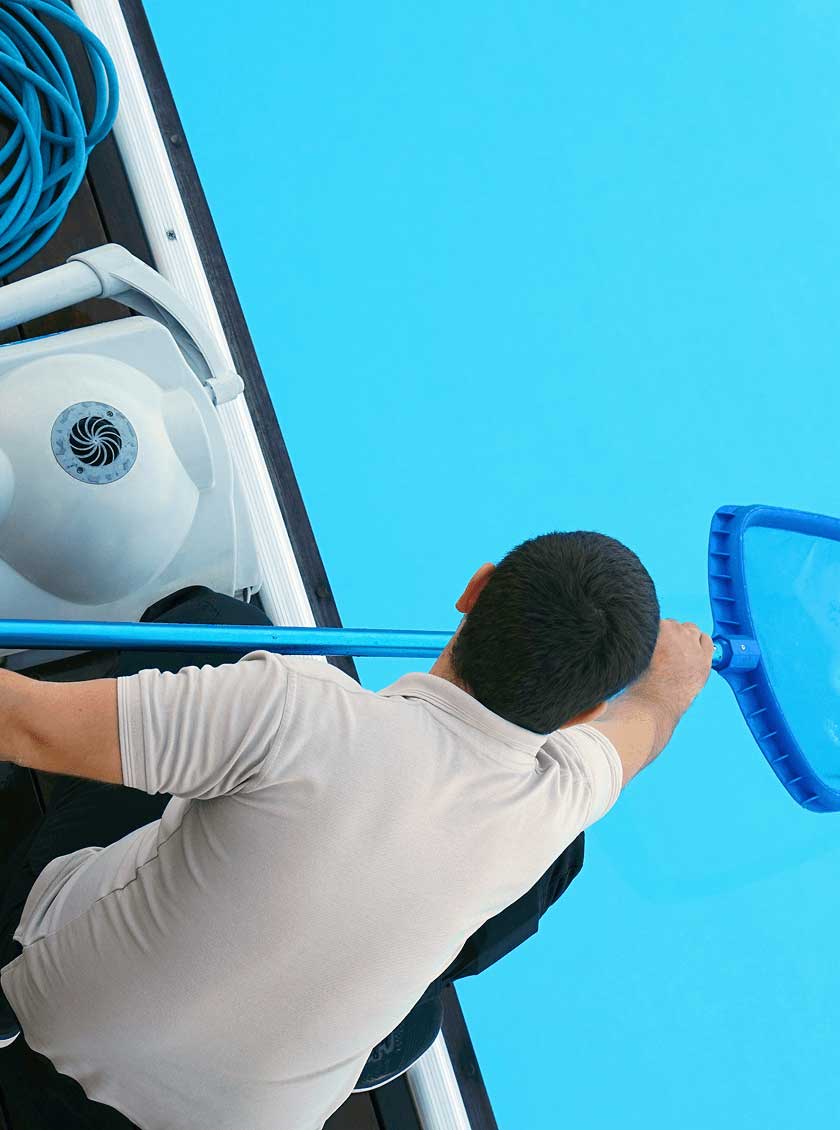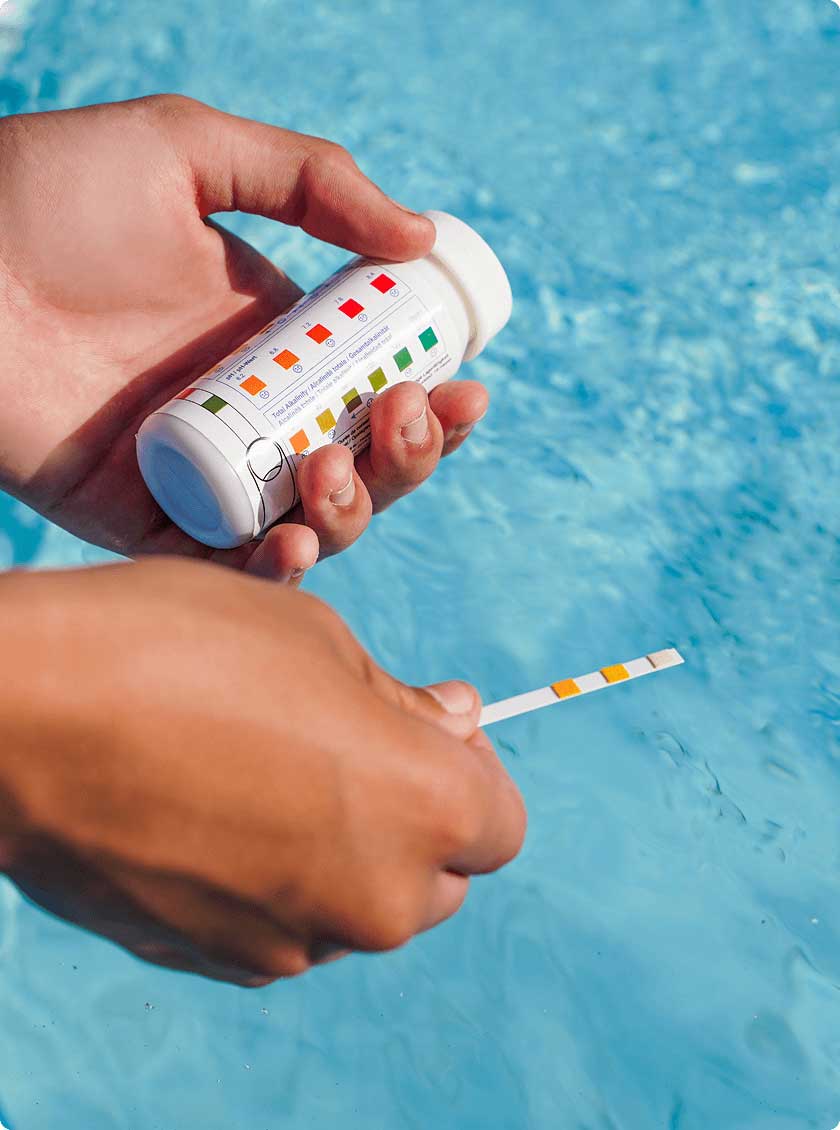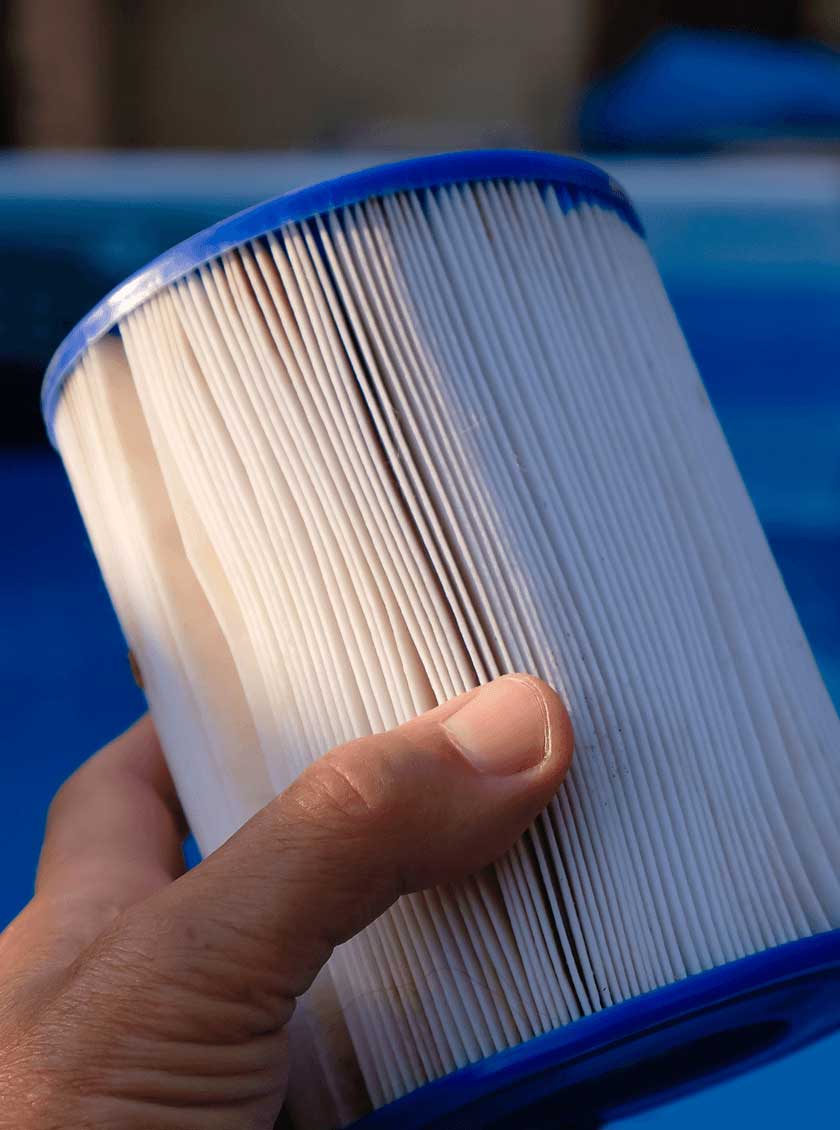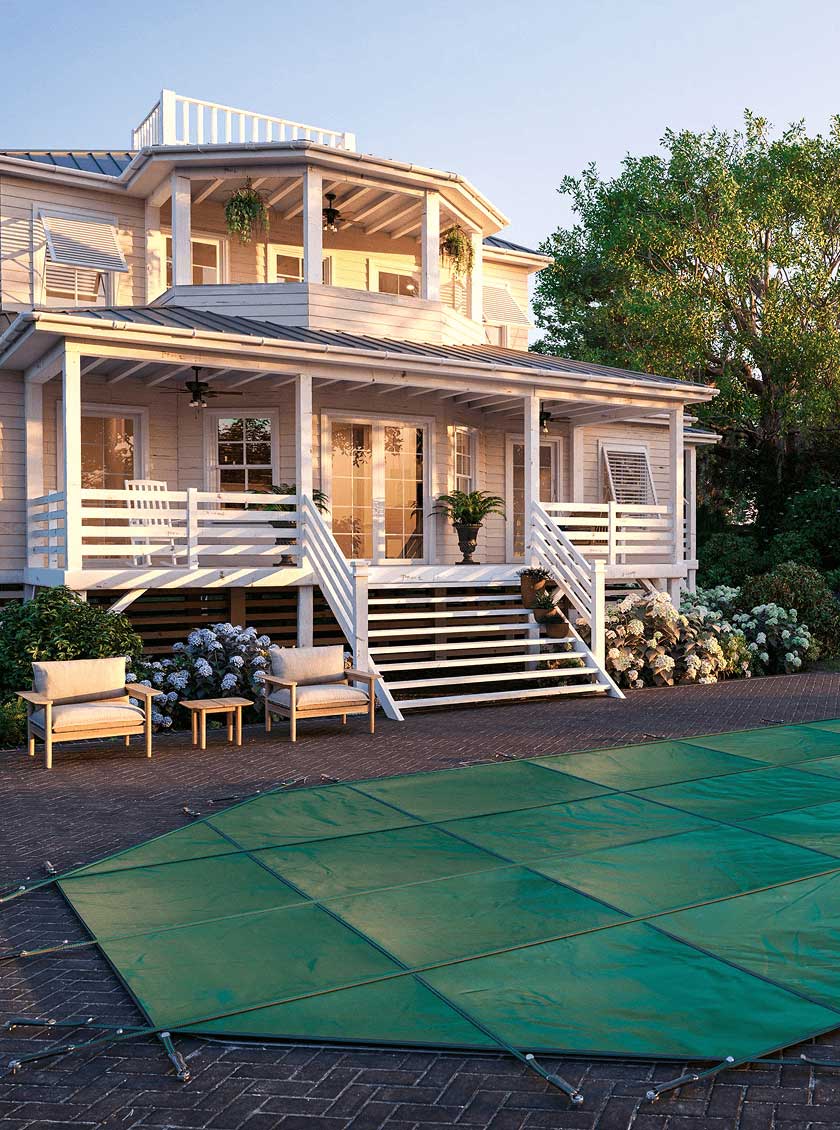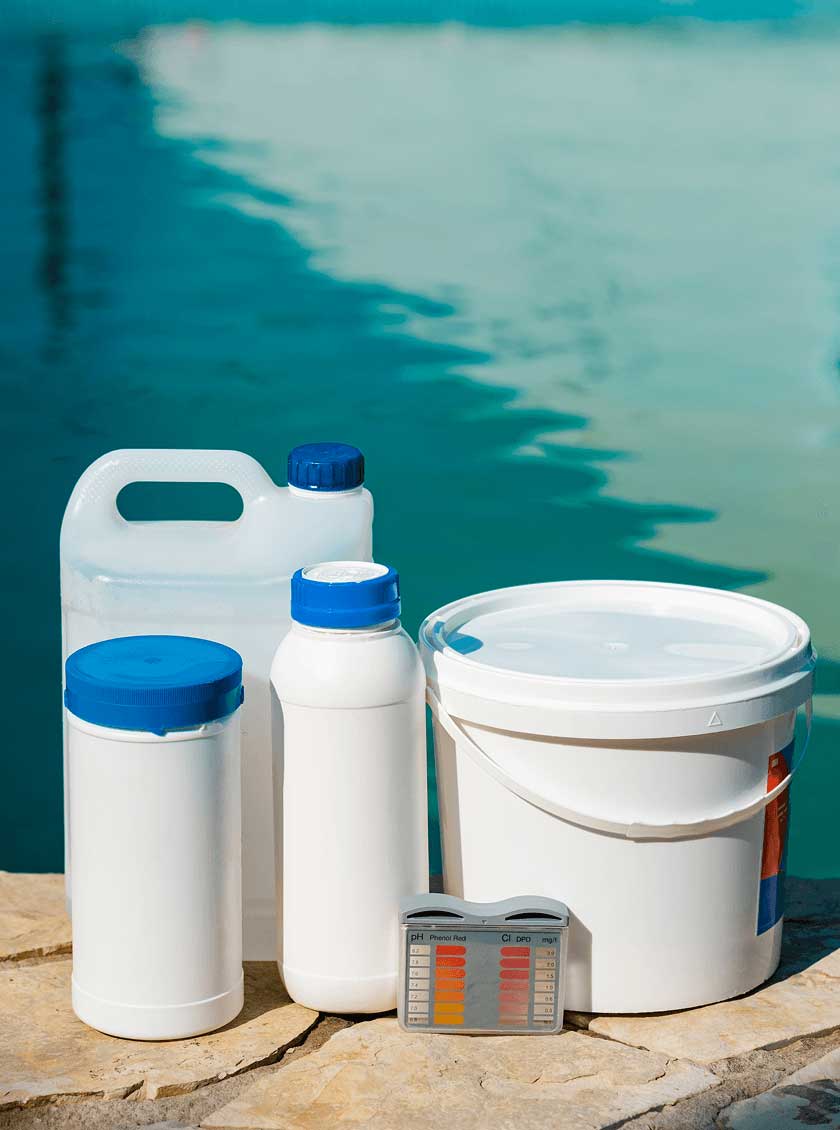Step One: Clean and Remove Your Cover
Remove the water and debris off your pool cover manually or with a cover pump. After it’s cleared, take off the pool cover and reinstall your ladders and pool accessories.
Note: When pumping water off of your cover, you must keep a mid-skimmer water level in your pool, under the cover.
Remove the water and debris off your pool cover manually or with a cover pump. After it’s cleared, take off the pool cover and reinstall your ladders and pool accessories.
Note: When pumping water off of your cover, you must keep a mid-skimmer water level in your pool, under the cover.


